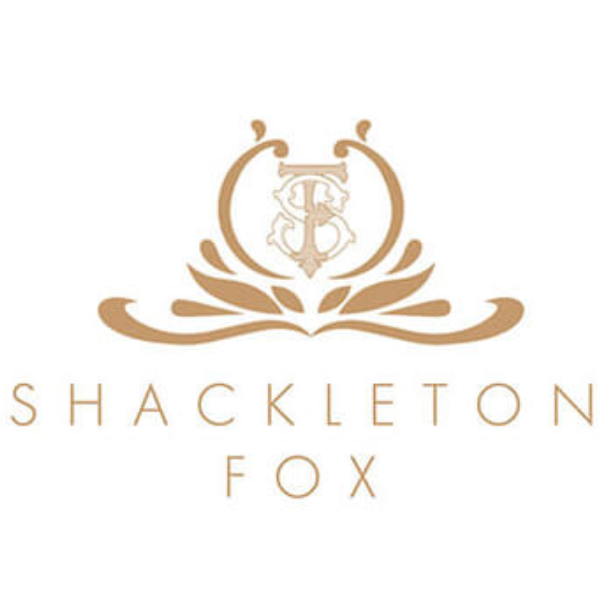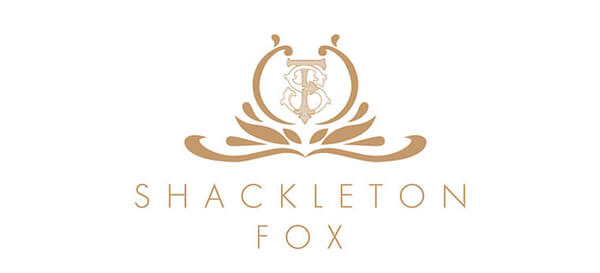Antique lovers and collectors often refer to the period dates as a way of establishing the age and value of a particular item. But what exactly are antiques’ period dates, and how do they help in identifying and authenticating antiques? In this blog post, we’ll delve into the history of antiques’ period dates and their exact time in history. Whether you’re a seasoned collector or just starting, this guide is sure to provide valuable insights into the fascinating world of antique period dates.
16th Century
The 16th century was a period of vigorous economic expansion. This expansion in turn played a major role in the many other transformations—social, political, and cultural—of the early modern age. By 1500 the population in most areas of Europe was increasing after two centuries of decline or stagnation.
Early 16th Century 1500 – 1500
Mid-16th Century 1530 – 1560
Late 16th Century 1560 – 1600
1558-1603 – Elizabeth I – Elizabethan
17th Century
The 17th century was a period of great turbulence in British history and this was reflected in art and design. The period began with the ending of the Tudor dynasty and the rise of the Stuarts. In the middle of the century, the Civil War and the execution of Charles I saw Puritanism take hold.
Early 17th Century 1600 – 1630
1603-1625 – James I – Jacobean
1625-1649 – Charles I – Carolean
Mid-17th Century 1630 – 1660
1649-1660 – Commonwealth – Cromwellian
1660-1685 – Charles II – Restoration
Late 17th Century 1660 – 1700
1685-1689 – James II – Restoration
1689-1694 – William & Mary – William & Mary
1694-1702 – William III – William III
18th Century
The 18th century was also part of the “The Age of Enlightenment,” a historical period characterised by a shift away from traditional religious forms of authority and a move towards science and rational thought. The effects of the 18th-century Enlightenment led to the American Revolutionary War and the French Revolution.
Early 18th Century 1700 – 1730
1702-1714 – Anne – Queen Anne
1714-1727 – George I – Early Georgian
1727-1760 – George II – Early Georgian
Mid-18th Century 1730 – 1760
Late 18th Century 1760 – 1800
1760-1800 – George III – Late Georgian
19th Century
1800-1820 – George III – Regency
1820-1830 – George IV – Regency
1830-1837 – William IV – William IV
1837-1901 – Victoria – Victorian
1837-1880 – Early Victorian
1860-1880 – Mid-Victorian
1860-1900 – Late 19th Century
1868-1895 – Aesthetic
1880-1901 – Late Victorian
1880-1900 – Arts & Crafts
1895-1920 – Art Nouveau
20th Century
The 20th (twentieth) century began on January 1, 1901, and ended on December 31, 2000 The 20th century was dominated by significant events that defined the modern era: the Spanish flu pandemic, World War I and World War II, nuclear weapons, nuclear power and space exploration, nationalism and decolonization, technological advances, and the Cold War and post-Cold War conflicts. These reshaped the political and social structure of the globe.
Early 20th Century 1900 – 1930
1901-1910 – Edward VII – Edwardian
1910-1936 – George V
1920-1930 – Art Deco
Mid-20th Century 1930 – 1960
1936-1952 – George VI
1950-1979 – Mid Century Modern Retro


